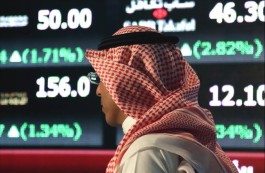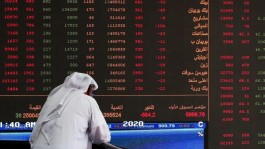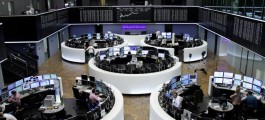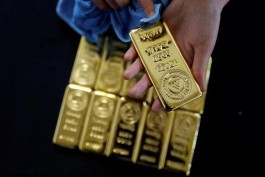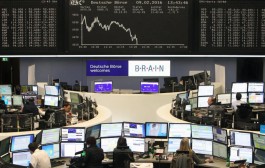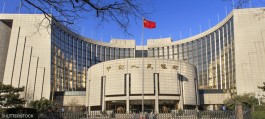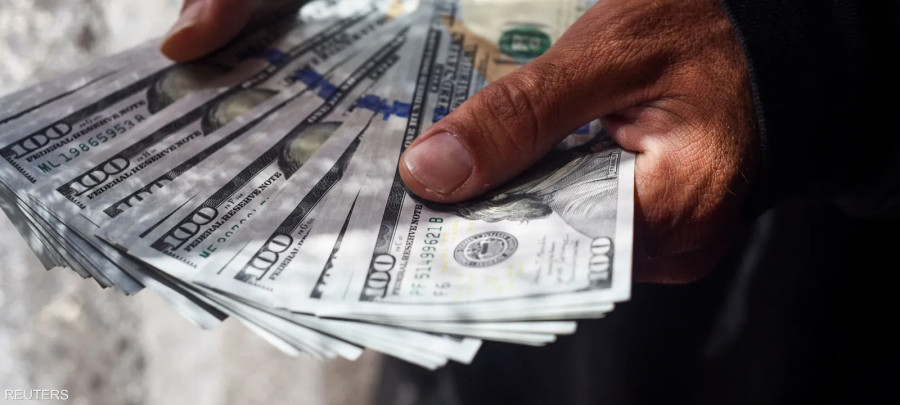The dollar began the week on a stable note as investors focused on analyzing the implications of US economic data ahead of the Federal Reserve’s meeting this week, while escalating geopolitical tension in the Middle East curbed risk appetite.
There was little change in the dollar index, which measures the performance of the US currency against a basket of six competing currencies, and recorded 103.50 on Monday, remaining close to the highest level in six weeks that it touched last week at 103.82.
The index is on track to record a two percent rise in January amid declining traders’ expectations for an imminent and significant cut in US interest rates.
The US Central Bank surprised the markets in December with its tendency to start monetary easing and expected to reduce interest rates by 75 basis points in 2024, which led traders to expect to start reducing interest rates by a large percentage in March.
But since then, strong economic data and resistance from central bank officials have prompted traders to adjust their expectations. CME's FedWatch tool showed that markets now expect 48 percent of interest rate cuts in March, up from 86 percent at the end of December.
Investors' attention this week will focus on the US Federal Reserve's two-day monetary policy meeting starting on Tuesday, during which the central bank is widely expected to keep interest rates unchanged, with Federal Reserve Chairman Jerome Powell's comments in the spotlight.
Investors will also be watching a series of economic data, including the US unemployment and employment report, which will help gauge the strength of the labor market.
The euro fell 0.08 percent to $1.0842, on track to record a two percent decline this month. Last week, the European Central Bank kept interest rates at a record high of four percent and reiterated its commitment to fighting inflation.
The British pound rose 0.01 percent to $1.2704 during the day before the Bank of England's monetary policy meeting scheduled for this week.
The Japanese yen rose slightly to 148.07 to the dollar, but it is on its way to recording a five percent decline in January, which will represent the weakest monthly performance since June 2022, as traders lowered their expectations regarding when the Bank of Japan will abandon its ultra-easy monetary policy.
Geopolitically, investors are also concerned about the increasing risks after three American soldiers were killed in a drone attack on American forces in northeastern Jordan near the Syrian border.
The Australian dollar also rose 0.29 percent to $0.6591, and the New Zealand dollar increased 0.12 percent to $0.60975.
As for cryptocurrencies, Bitcoin rose in the latest trading by 0.55 percent to $422,016.













